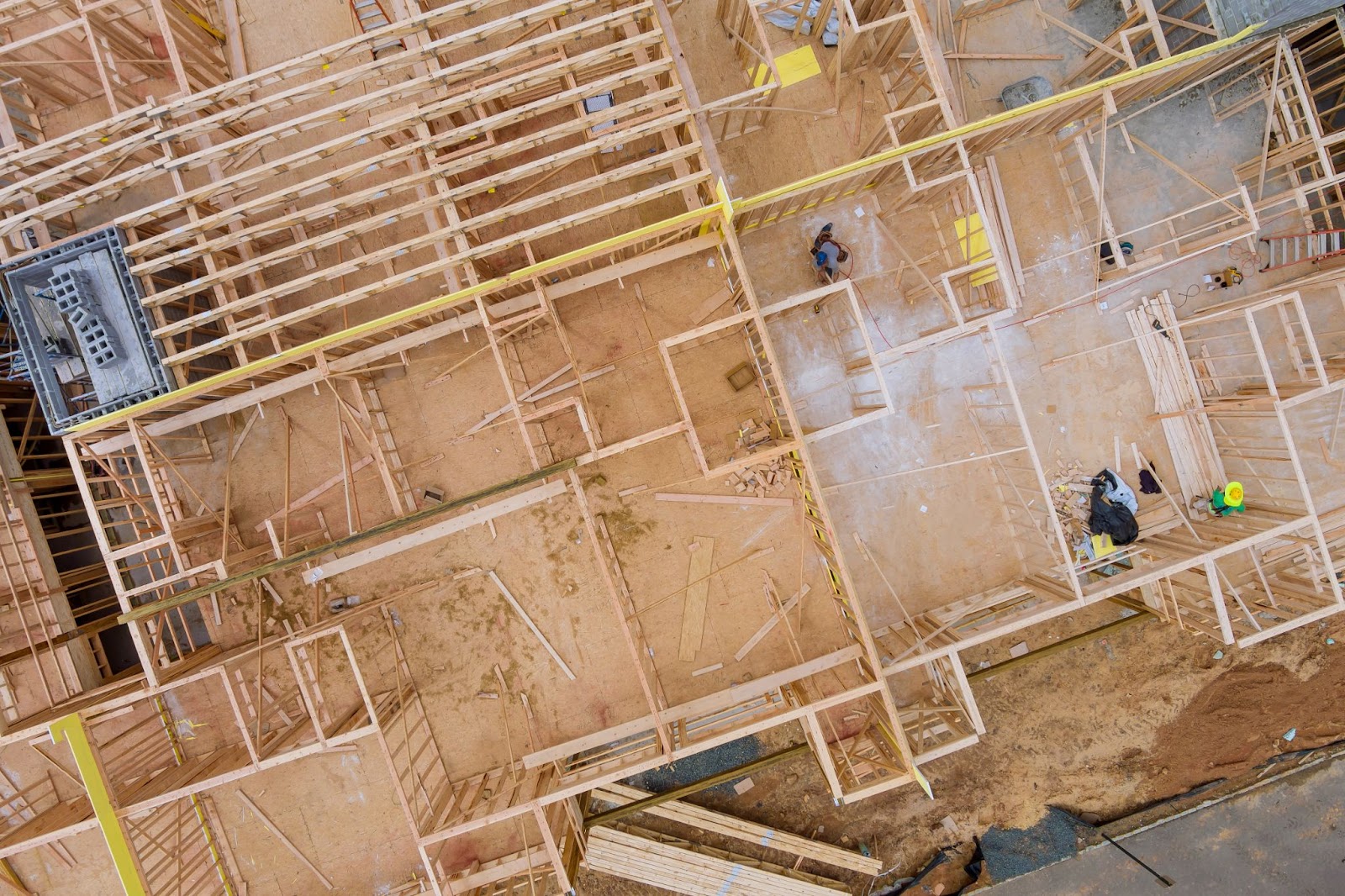When planning to build a home on your lot in Victoria, several factors influence what you can achieve, including zoning laws, minimum lot size, and the specific requirements of the Small Lot Housing Code (SLHC) if your property falls under its jurisdiction.
Understanding these rules will help you maximise the space while staying compliant with local building regulations.
Understanding Minimum Lot Size and Zoning
Victoria does not have a single, standard Minimum Lot Size (MLS) across all land types. Instead, lot sizes vary by zoning and location, with more stringent requirements typically in rural areas.
In residential zones, you’ll need to adhere to ResCode standards (Residential Development Standards), which govern things like site coverage, setbacks, and open space requirements.
For example, in many suburban residential areas, the Neighbourhood Residential Zone or General Residential Zone typically allows for more flexibility, where blocks over 300 square metres are common for subdivision
If your land is zoned for residential use, you can likely build a detached family home or even consider a dual-occupancy option if the lot size allows.

The Small Lot Housing Code (SLHC)
If your lot is under 300 square metres, it may be subject to the Small Lot Housing Code, designed to streamline the approval process and support denser housing developments. The code specifies house design and siting standards, including setbacks, building height, and private open space
Key restrictions from the SLHC include:
-
Maximum site coverage: Generally, you can build on up to 90% of the lot for "Type A" lots.
-
Setbacks: The front of the house must be set back by at least 3 metres, and side or rear setbacks vary depending on building height.
-
Open space: A minimum of 24 square metres of private open space is required for homes with 3 or more bedrooms
Maximising Your Build
The size of your home will depend on how efficiently you meet the regulatory requirements. If your lot is part of a new development in growth areas, you may have more flexibility in terms of setbacks and design choices, but you’ll still need to consider:
-
Setback rules (distance from boundaries).
-
Private open space requirements.
-
Garden area provisions, especially in General Residential Zones, where up to 35% of the lot might need to be dedicated to greenery
Additionally, if you're looking to build the largest home possible while maintaining compliance, it's worth engaging with a planning consultant or checking with your local council to ensure that your design aligns with local planning schemes and overlays.
Making the Most of Your Lot

The biggest home you can build in Victoria will vary based on your lot size, zoning, and whether it falls under the Small Lot Housing Code. By carefully considering these factors, you can optimise your home's footprint while ensuring it meets all regulatory requirements. For lots under 300 square metres, understanding the SLHC is crucial to avoid delays and costly modifications later on.
For more detailed advice on building or subdividing your property, consult your local council or a professional planning consultant.
Publisher Website: www.homeshelf.com.au